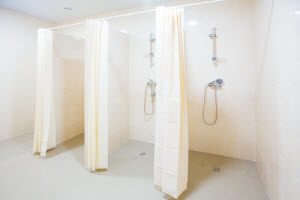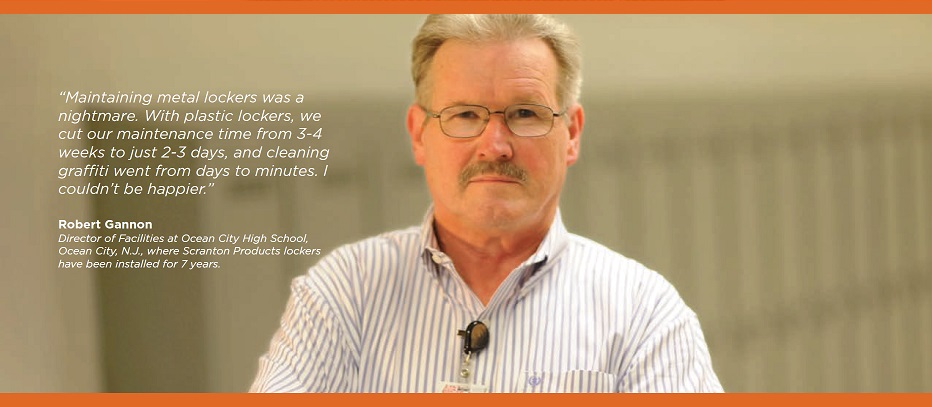There’s a lot of thought and consideration when it comes to commercial bathroom design. You want it to be inviting, not off-putting, so you’ll want to be careful with your design and choices. Staying up on design trends can help you transform a run-of-the-mill restroom into a warm and welcoming space for occupants to relieve themselves. Here are a few commercial bathroom layout ideas and tips for you to consider in order to bring your restroom into the modern age.
Open Design & Maximizing Space
Right now, open space is a huge trend within different offices because it increases airflow, productivity, and even the social aspect. This trend can be utilized in your restroom, even if you’re working with limited space. The key is using that space and making it seem bigger. Luckily, there are a few ways to make your restroom seem more spacious, without having to knock down the walls or expand its borders.
Sinks and vanities are crucial for every bathroom, so you’ll want to make this space really pop. Make the area under the sink empty to utilize the space. You can even use properly placed mirrors to help make your bathroom seem a little bit bigger, as well as more modern.
Get Creative With Your Sink & Stall Placement
Finding new and inventive commercial bathroom designscan help boost your restroom’s appeal. No one said that sinks have to be attached to a wall. In fact, floating sinks and vanities are becoming increasingly popular in modern offices, and even in restaurants. Placing a series of sinks in the middle of the bathroom, as opposed to against the wall, creates a new and exciting experience for the occupants.
While privacy is one of the most important components to a public restroom, you don’t have to follow the typical layout with three stalls tucked in the corner. You can have free standing, private bathroom stalls. Because the stalls won’t be right on top of each other, and your occupants won’t feel cramped or uncomfortable.
Use Better Materials
One of the biggest downfalls to commercial restrooms is the choice of materials used for the stalls and partitions. The most common materials are coated steel and phenolic plastic. The problem is that these materials can be susceptible to faster-than-normal wear and tear. Due to overwhelming humidity and moisture in commercial restrooms, the steel can rust and the phenolic plastic can sprout mold in its core.
Think about using a stronger, more durable material that can stand up to these factors. HDPE’s moisture and mildew resistance makes it an ideal material for bathrooms. In addition, it provides a strong and durable stall that won’t degrade and become riddled with foul-smelling mold, or cosmetic scratches and dents.

 Get started by looking for the question(s) that’s most relevant to you so you can learn the answer!
Get started by looking for the question(s) that’s most relevant to you so you can learn the answer! According to the Department of Justice ADA Title III regulations, there are four major priorities to follow to ensure that you’re following the law and ensuring that your facility is
According to the Department of Justice ADA Title III regulations, there are four major priorities to follow to ensure that you’re following the law and ensuring that your facility is 

